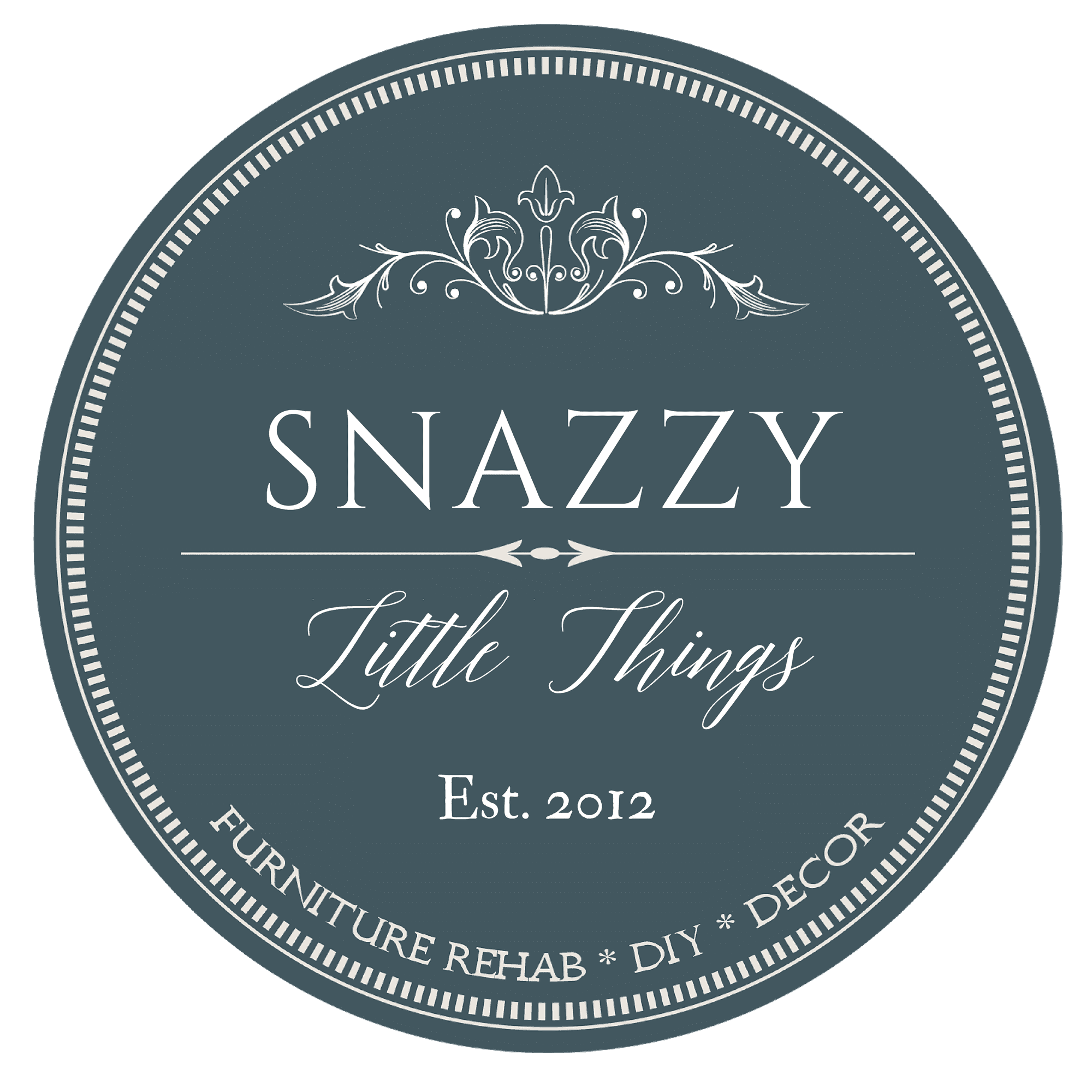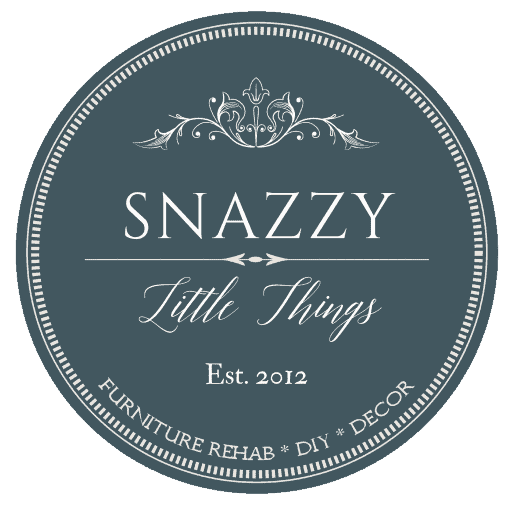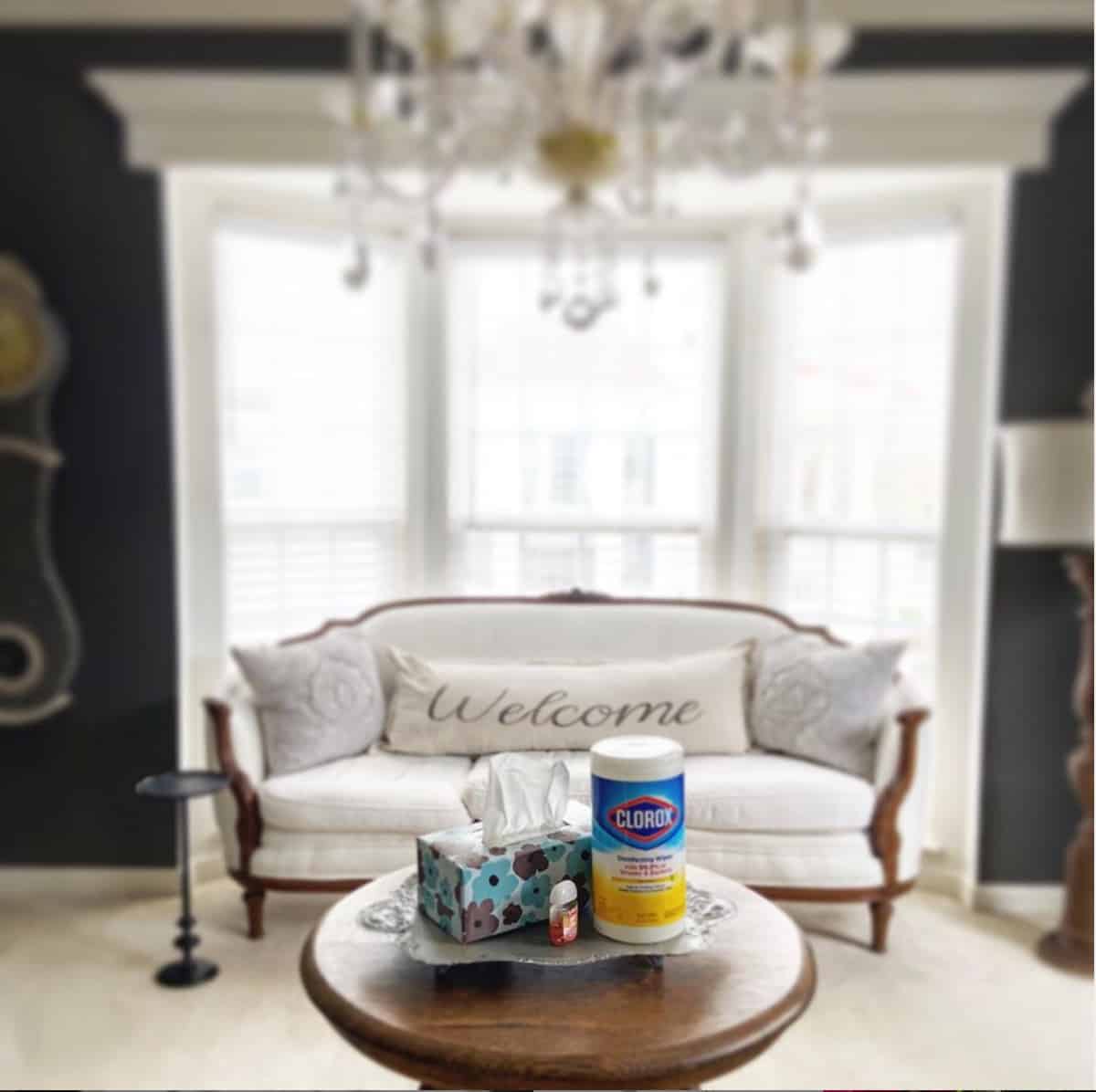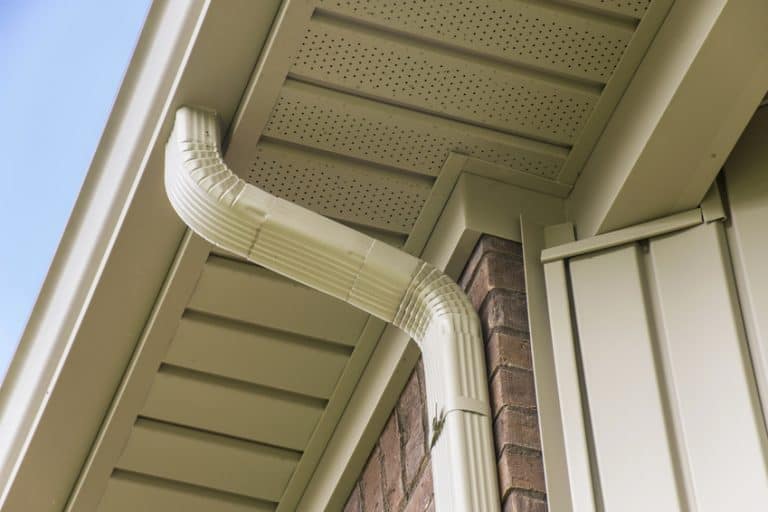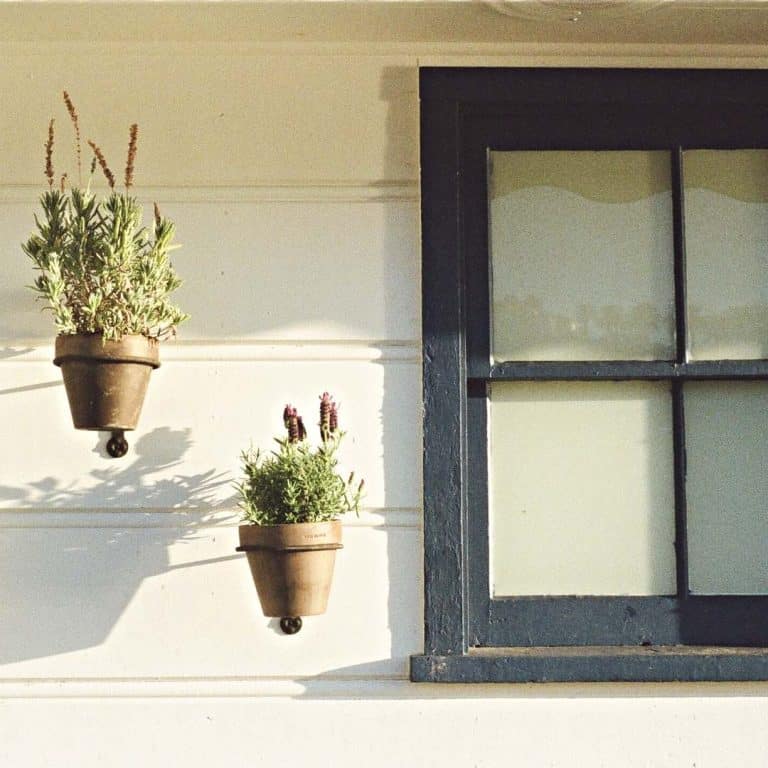How to Keep Your Home Healthy and Fresh During COVID-19
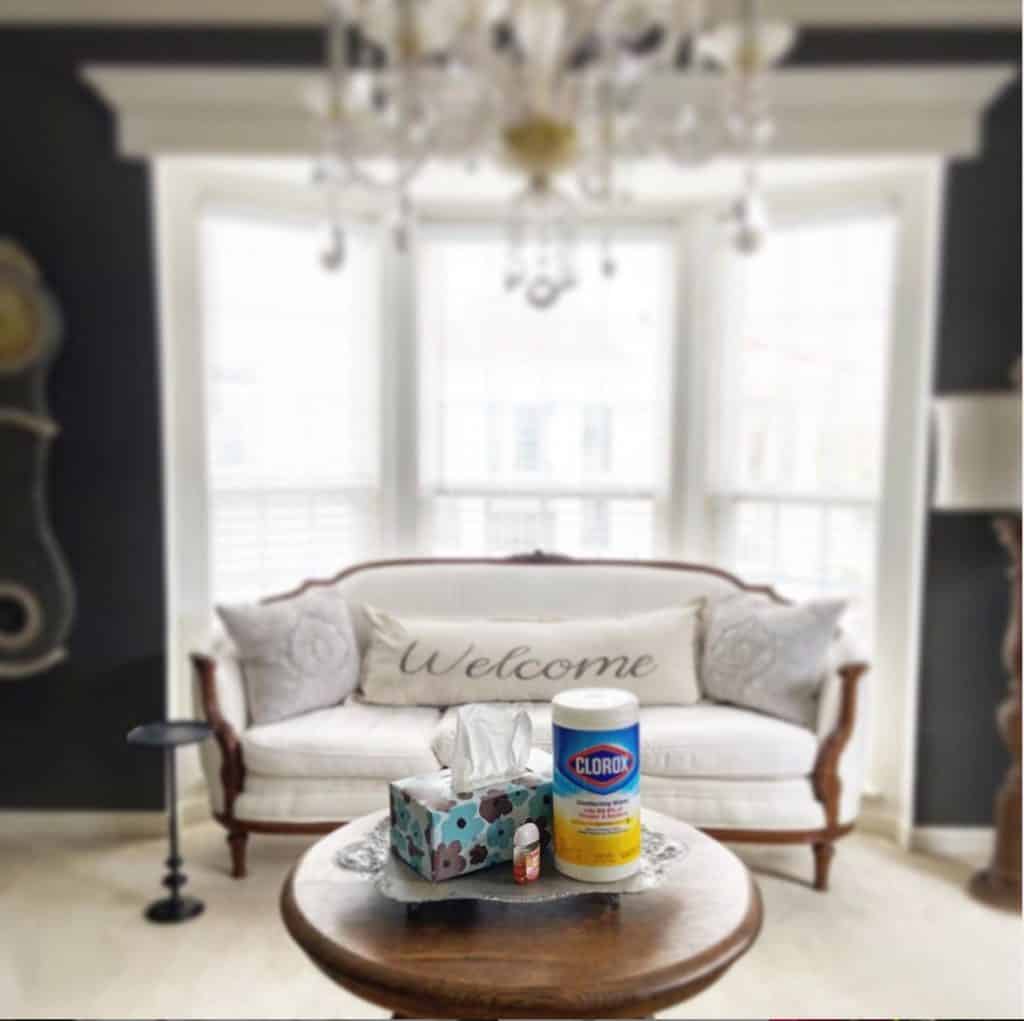
In the midst of a global pandemic, it’s only natural that you’re doing everything you can to keep your loved ones safe. Hopefully, you’re staying home when possible and following social distancing practices when you need to go out in public. But even if you follow all recommended guidelines, there’s still a chance that you could become infected. And since our nation is predicted to be short by more than 90,000 physicians by the end of this year, minimizing the spread of this highly contagious virus is paramount.
One way to prioritize your family’s health is to take a closer look at your home. Although 85% of U.S. homes were built prior to 1980 and are in need of improvements, you might not need to take on a DIY project to improve your quarantine experience. Instead, you may want to focus on forming the habit to thoroughly clean and disinfect your home on a regular basis. Doing so can further reduce your loved ones’ risk of infection, particularly if you live with those with health conditions or who have been deemed essential workers. By following these cleaning tips, you can ensure your tidying routine will be at its most effective.
Keep It Simple
Many store-bought cleaning products are still hard to come by, and some consumers don’t relish the thought of using toxic chemicals to clean their homes. Fortunately, there are some easy ways to clean with products you may already have on-hand. A combination of soap and water is usually the most effective and the simplest to use. Interestingly, most of the cleaning products we colloquially refer to as soap are, in fact, detergents; this is actually a good thing, as these products will remove germs from surfaces and kill them at the same time.
A diluted water and bleach solution can also be effective, but some people might want to avoid this option due to its harshness. The CDC recommends using five tablespoons (or one-third cup) of bleach mixed with one gallon of water. Keep in mind that you should wear gloves and patch test when using this type of cleaning method; you’ll also have to make a new batch each time you clean with it, as the solution loses its effectiveness in about a day. Still, this can be a good choice when you’re unable to find soap at the store and are in a bind. Rubbing alcohol and hydrogen peroxide can also be used on many surfaces, though you’ll need to follow different instructions for use.
That said, not all homemade or natural remedies provide adequate protection against COVID-19. While you may love cleaning with essential oils or vinegar under normal conditions, there is no evidence to suggest that these common household products are potent enough to kill the novel coronavirus. In other words, you shouldn’t necessarily be cleaning with vinegar or vinegar-based products right now. You don’t have to use harsh chemicals or be wasteful with wipes, but you shouldn’t rely on vodka or baking soda to clean in this case. While these homemade alternatives aren’t harmful, they won’t provide the level of protection your family needs right now. If you’re looking for an eco-friendly and safe product you can buy in stores, the Seventh Generation line will kill the coronavirus while allowing you to protect your family in other ways, too.
Start Scrubbing
Keep in mind that a simple swipe of bleach solution or soap and water won’t be enough to remove germs. You really need to get in there and scrub. When cleaning, you should ensure the entire surface is wet and that you use some force to wipe away the grime and germs. Always make it a point to clean before you disinfect. You need to remove the dirt and then give those disinfectants time to work. Even when using a product like Clorox on a nonporous surface, you should use enough wipes for the surface to stay visibly wet for around four minutes. This may require you to apply a product multiple times in order for it to work. You should also allow the surface to naturally air dry. Always check the product label for specific instructions pertaining to best cleaning practices.
Launder More Frequently
It’s a good idea to wash clothes more frequently during this time. Before, you might have worn your jeans on several different occasions before throwing them in the laundry basket. Now, you should remove clothes to be washed immediately upon returning from an outing. The coronavirus can continue to live on fabrics and porous surfaces, so you should change your clothes and put the ones you were wearing in the wash when you return. Be careful not to shake dirty laundry out prior to washing, as this can result in self-contamination.
Experts have also suggested that you change your sheets on a weekly basis. All linens and clothes should be laundered in the warmest possible setting and be dried thoroughly. If you aren’t using gloves when washing and drying clothes, be sure to wash them afterward. You should also clean and disinfect laundry hampers and baskets used.
Disinfect High-Touch Areas Daily
There’s a big difference between cleaning, disinfecting, and sanitizing. With cleaning, you’ll basically remove oil and dirt; while some bacteria will be killed in the process, a lot of germs will be left behind. Sanitization will remove roughly 99.9% of germs, while disinfection removes 99.99% or more of germs.
Although 84% of Americans believe having a clean carpet is part of having a clean home, you’ll need to do more than weekly vacuuming if you want to kill COVID-19 or other bacteria and viruses. That doesn’t mean you need to do a deep cleaning every week (much less every day); no one can keep up with that. But it does mean you should concentrate on areas that see the most traffic in your home.
Since the coronavirus can actually survive for up to five days on nonporous surfaces (like metal and plastic), areas like kitchen counters, doorknobs, tabletops, sinks, and light switches should be cleaned and disinfected at least once a day. Pay attention to TV remotes, digital devices, desks, chairs, toilets, and other hard surfaces that are shared by multiple family members, as well.
While it’s important to allow cooler heads to prevail and to avoid engaging in panic, these cleaning tips can keep your household safer during this global crisis. Be sure to refer to CDC cleaning guidelines if you need more information pertaining to recommended cleaning methods and products.
